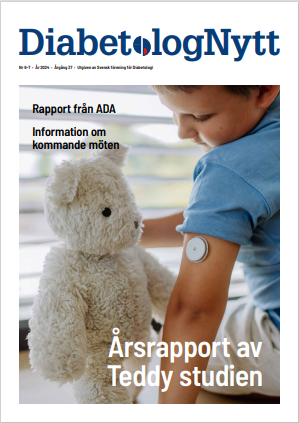Abnormal Heart Rate Shifts Tied to Risk for Death in Diabetes
TOPLINE:
Impaired circadian heart rate (HR) fluctuations are linked to increased cardiovascular and all-cause mortality in patients with long-standing diabetes.
METHODOLOGY:
- Researchers analyzed data from 349 patients with type 2 (81%) or type 1 diabetesin the CHAMPION cohort; about half were women, with a mean age of 57 years, body mass index (BMI) of 29.4, and A1cof 8.6%.
- Participants underwent 24-hour ambulatory blood pressure monitoring (APBM) and HR monitoring, as well as assessment of diabetic microvascular complications.
- The median SD value of ABPM-derived HR measurements was used to define patients with low daily HR fluctuations (low 24h-HR SD); a < 10% decline in average nighttime vs daytime HR identified patients (31%) with a blunted nocturnal HR dip.
TAKEAWAY:
- Low 24h-HR SD and blunted nocturnal HR dip were associated with an adverse cardiometabolic risk profile and a high prevalence of cardiac autonomic neuropathyand nephropathy.
- After a mean 21 years of follow-up, 136 (39%) deaths occurred, of which 100 (68%) had a cardiovascular cause.
- After adjustment for potential confounders — including age, sex, BMI, glycemic control, diabetes type, and hypertension— the low 24h-HR SD group • had double the risk (hazard ratio [HR], 1.99) for cardiovascular mortality and • a 50% higher risk (HR, 1.50) for all-cause mortality than the high 24h-HR SD group.
- Patients with a blunted nocturnal HR dip consistently had a 39% higher adjusted risk for cardiovascular and all-cause mortality (HR, 1.61 for both) than those with a preserved nocturnal HR dip.
IN PRACTICE:
Impaired circadian HR fluctuations are associated with microvascular disease and increased long-term cardiovascular and all-cause mortality in patients with diabetes, the authors wrote.
– ”Identifying these conditions via 24h-ABPM may provide a cost-effective risk stratification tool in this high-risk population.”
SOURCE:
The study was presented by lead author Lorenzo Nesti, PhD, of the University of Pisa, Pisa, Italy, in a poster presentation 983at the European Association for the Study of Diabetes (EASD) 2024 Annual Meetingin Madrid, Spain.
LIMITATIONS:
The CHAMPION study is a retrospective, observational, single-center study with mostly White patients.
DISCLOSURES:
Nesti disclosed no conflicts of interest.





